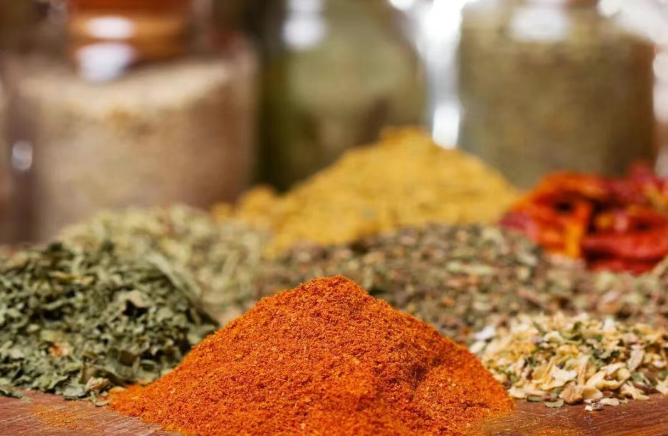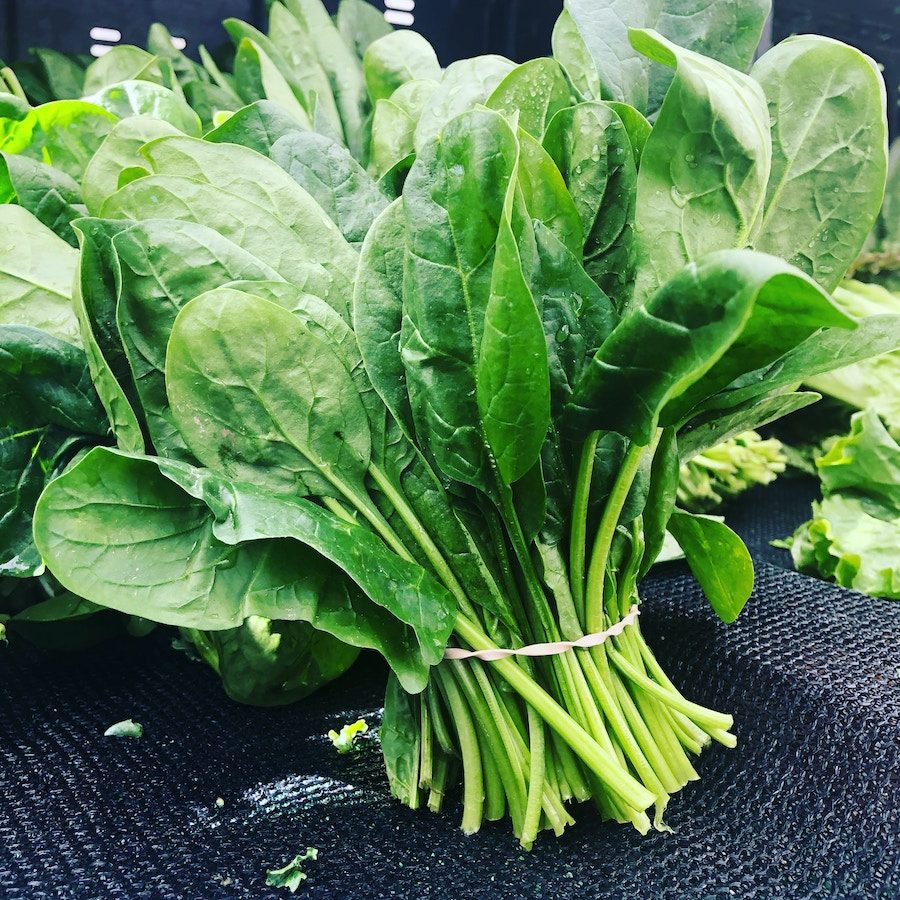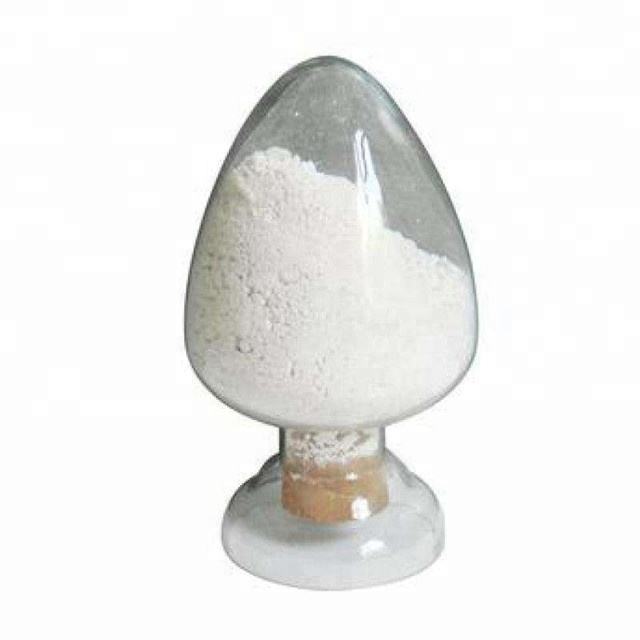Spices, as indispensable components in food processing, add captivating aromas and rich tastes to various foods with their unique flavors and magical properties. They not only enhance the flavor of food but also, to some extent, extend its shelf life.

Classification of Spices
Spices are diverse and can be classified into three main categories based on their origin and nature: natural spices, synthetic spices, and plant extracts.
1. Natural Spices
- Vanilla: One of the most commonly used natural spices in food processing, its main component is vanillin. Vanilla itself emits a strong, fragrant aroma and is known for its mentally refreshing effects. Its scent can regulate the central nervous system, which is very beneficial for human health. Simultaneously, vanilla also possesses certain medicinal values, such as relieving coughs and reducing phlegm, soothing liver stagnation, and promoting diuresis to reduce swelling. Vanilla has a rich, sweet, creamy aroma and is widely used in ice cream, cakes, chocolate, beverages, and other foods.
- Cinnamon: A spice with a unique aroma, its scent is spicy, sweet, with a slight bitterness. Furthermore, cinnamon is a commonly used traditional Chinese medicine with various health benefits, such as reinforcing vital energy, warming and promoting blood circulation, and having antibacterial and anti-inflammatory effects. In food processing, cinnamon is often used in baked goods like cinnamon bread and cinnamon rolls. It adds a rich aroma to bread and pairs with ingredients like sugar and butter to create a distinctive flavor.
- Clove: Has a strong aroma, with sweetness and a slight spiciness. It has the effects of warming the middle, checking upward reversal, dispersing cold, alleviating pain, and warming the kidney. In food processing, clove is primarily used for seasoning, often in making marinades or curing meats.
- Star Anise (Bajiao): Has a strong aroma, with sweetness and a slight bitterness. Star Anise is warm in nature and has the effect of warming the middle and dispersing cold. It can help alleviate symptoms like cold stomach pain, vomiting, and diarrhea caused by spleen and stomach deficiency-cold. In food processing, it is mainly used for seasoning, commonly in making marinades and curing meats.
- Musk: A precious animal-based spice with a strong, long-lasting aroma and a slight sweetness. In food processing, musk is mainly used in high-end candies, chocolates, and other foods.
- Ambergris: A spice derived from sperm whales, with a strong, long-lasting aroma and slight sweet and salty notes. In food processing, ambergris is mainly used in high-end candies, chocolates, and other foods.
2. Synthetic Spices
Synthetic spices are produced through chemical synthesis methods and are characterized by low cost, stable aroma, and easy storage.
Common synthetic spices include:
- Vanillin: A common synthetic spice whose aroma is similar to natural vanilla, with a sweet, creamy scent. Vanillin originally came from the vanilla orchid pod in the tropical rainforests of Central America. The Aztecs used it as a spice, and it became a luxury item in Europe after its introduction in the 16th century. In food processing, vanillin is widely used in ice cream, cakes, chocolate, beverages, and other foods.
- Ethyl Maltol: Acts as a flavor enhancer, strengthening the aroma and taste of food. It is widely used in meat products, baked goods, beverages, etc. When making barbecue, adding an appropriate amount of Ethyl Maltol can make the aroma more intense, enhancing the product’s taste and flavor. Ethyl Maltol can also be used in low-sugar, low-fat foods like low-sugar beverages, adding sweetness and aroma without adding excessive calories.
- Sodium Citrate: Also known as citrate sodium, it is a common synthetic spice with a fresh, natural, slightly sour aroma. In food processing, Sodium Citrate is widely used in beverages, candies, baked goods, etc. When making lemon beverages, adding an appropriate amount of Sodium Citrate can give the drink a fresh lemon scent, enhancing the product’s taste and flavor. Furthermore, Sodium Citrate can be used in low-sugar, low-fat foods like low-sugar candies, adding sourness and aroma without increasing calories significantly.
Plant extracts are effective components extracted from plants, known for being natural, healthy, and safe. Common plant extracts include:
- Peppermint Extract: Has a fresh, cool aroma with a slight sweetness. Traditional Chinese Medicine holds that peppermint is pungent, cool, and enters the lung and liver meridians. It can dispel wind-heat, clear the head and eyes, benefit the throat and promote eruption, and soothe liver qi. In food processing, peppermint extract is widely used in candies, beverages, ice cream, and other foods.
- Rose Extract: Has a strong, sweet aroma with a slight floral note. Furthermore, rose is mildly warm in nature and has the effects of activating blood circulation and regulating menstruation, soothing liver qi, balancing endocrine, and eliminating fatigue. In food processing, rose extract is widely used in candies, beverages, baked goods, etc.
- Rosemary Extract: Has a strong, fresh aroma with a slight herbal note. Furthermore, according to “The Pharmacology of National Medicines,” it is aromatic and stomachic, improving digestive function; “The Illustrated Book of Chinese Medicinal Plants” records that it can strengthen, induce perspiration, aid stomach function, and calm nerves, and can be used for various headaches. In food processing, rosemary extract is widely used in meat products, baked goods, etc.
Application of Spices in Food Processing
The application of spices in food processing is very extensive. They can not only enhance the flavor, taste, and texture of food but also, to some extent, extend its shelf life. Here are the applications of spices in different food processing areas:
- Baked Goods:
Spices are widely used in baked goods. For example, when making bread, adding appropriate amounts of spices like cinnamon, clove, or star anise can make the bread emit a rich aroma, enhancing the product’s taste and flavor. Furthermore, when making cakes, adding vanilla extract or vanillin can give the cake a sweet, creamy aroma, improving the product’s quality and taste. - Meat Products:
Spices are also crucial in meat products. For example, when making marinades, adding spices like star anise, cinnamon, clove, and bay leaves can give the marinade a rich aroma, making the marinated meat more flavorful. Simultaneously, it can also have a certain preservative effect, extending the shelf life of the meat. - Beverages:
Spices are widely used in beverages. For example, when making fruit juice drinks, adding Sodium Citrate or lemon extract can give the beverage a fresh lemon scent, enhancing its taste and flavor. Furthermore, when making tea beverages, adding rose extract or peppermint extract can give the drink a sweet floral or fresh herbal aroma, improving the product’s quality and taste. - Confectionery:
Spices are key in confectionery. For example, when making peppermint candies, adding peppermint extract can give the candy a fresh minty aroma, providing a cooling sensation. - Condiments:
Spices are widely used in condiments. For example, when making soy sauce, adding spices like star anise, cinnamon, and clove can give the soy sauce a rich aroma, enhancing the product’s quality and taste. Furthermore, when making vinegar, adding spices like Sichuan pepper, chili, ginger, and scallion can give the vinegar a strong aroma and also have a certain preservative effect, extending its shelf life.
Precautions for Using Spices in Food Processing
Although spices are widely used in food processing, certain precautions must be taken during their use to ensure food safety and quality.
- Control of Usage Amount:
The amount of spice used needs to be strictly controlled. For instance, the amount of vanillin must be carefully regulated, as excessive use can produce an unpleasant chemical odor. Furthermore, some spices like clove and star anise, if used excessively, may impart bitterness or astringency to the food, affecting its taste and quality. - Quality Assurance:
Ensuring the quality of spices is particularly important. Inferior quality spices may contain harmful substances that pose risks to human health. For example, some synthetic spices, if not produced according to standards, might contain heavy metals or other harmful substances. Therefore, when purchasing spices, it is essential to choose manufacturers and brands to ensure the quality and safety of the spices. - Storage Conditions:
The storage conditions for spices need to be strictly controlled, as spices are susceptible to moisture, spoilage, or volatilization. For instance, natural spices like vanilla extract and rose extract need to be stored in a dry, cool, and well-ventilated place, avoiding direct sunlight and dampness. Furthermore, synthetic spices also need to be stored in sealed containers to prevent moisture and volatilization. Thus, only by ensuring proper storage conditions can the quality and aroma of spices be maintained.
Spices are extensively used in food processing. They not only enhance the flavor of food but can also, to a certain extent, extend its shelf life. Spices are indispensable components in food processing. With their unique flavors and magical charm, they add captivating aromas and rich tastes to various foods, while also bringing more color and deliciousness to our daily diet. However, when using spices, attention must also be paid to controlling the amount used, storage conditions, etc., to ensure food safety and quality.



